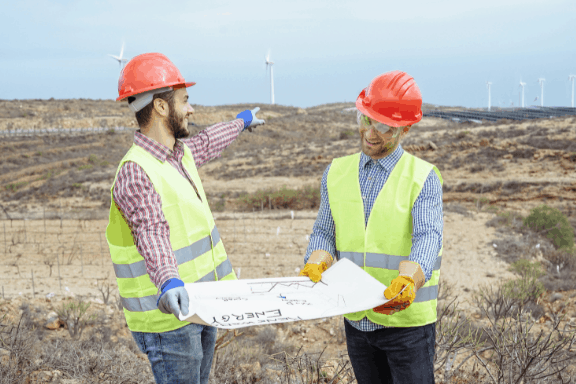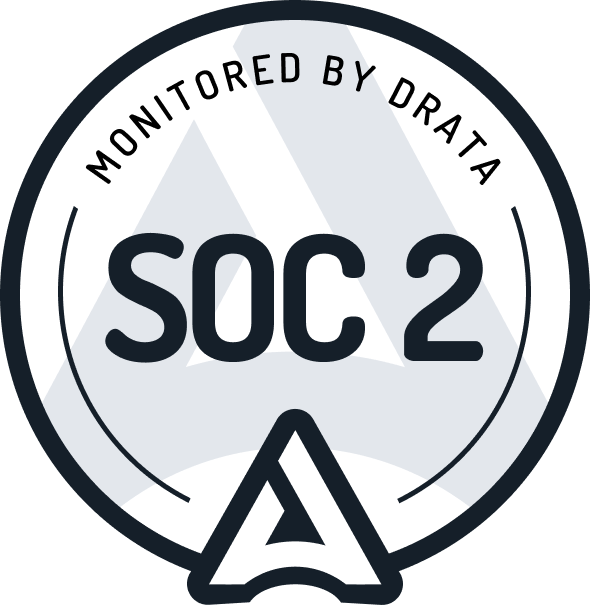Use cases
How citizen outreach is driving these sustainability initiatives in Texas
What does citizen outreach look like in practice? This blog post examined one successful and one no-so-good example of citizen outreach in sustainability-focused projects.

Citizen outreach is a specific type of stakeholder engagement or stakeholder outreach that focuses on engaging local members of the public in decision-making processes that affect them.
If you’re running a sustainability initiative, citizen outreach should be a high priority on your list. Because, as we’ve mentioned in previous articles, you can’t define what’s sustainable for your local project without involving local citizens and understanding their needs and perspectives. In fact, if you skip this step, you might end up developing the wrong location, missing important elements or build something that no one wants to use.
But what does citizen outreach actually look like? We’ve looked at one good and one not-so-good example of citizen outreach in sustainability-focused projects throughout Texas. Hopefully, these examples will help inspire your next citizen outreach campaign so you can feel more confident in knowing what to do and what not to do.
Oak Hill Parkway project
Since 2012, TxDOT has been looking at a range of options to reconstruct and widen a section of US 290. Along with additional lanes for traffic in both directions, they’re also proposing:
- An overpass
- Flyovers
- Frontage roads
- Additional intersections
- U-turn lanes
- Pedestrian and bicycle paths
- Stormwater ponds
- Landscaping and trees
The Oak Hill Parkway project is a great example of citizen outreach and how it’s impacting sustainability.The project’s website specifically says:“The Texas Department of Transportation is working to improve long-term mobility at the intersection of US 290 and SH 71. In 2012, we launched our environmental study so that we could collaboratively propose a solution that effectively addresses congestion, respects the environment, and adds value to the Oak Hill community. We anticipate an environmental decision in 2018.”
It’s clear that TxDOT are seeking input from citizens to ensure they develop a genuine solution that’s sustainable in the long term.
And that’s evidenced from a range of citizen outreach activities they’ve undertaken:
- A series of workshops and meetings
- Meetings with specific stakeholder groups (environmental, design, bike/pedestrian, and design committees)
- Email newsletter updates
- Traditional open houses, inviting the public to share their opinions on the project design
- Virtual open houses – this included two sessions where citizens could chat in real-time with project representatives (725 visits over 12 sessions)
- After each virtual open house, participants were invited to provide feedback on the process via a survey
- Ads promoting the workshop and open house dates via traditional media (press releases, local news, radio outlets, roadside changeable signs, and newspapers) reaching approximately 156,000 locals
- Ads promoting the virtual open house dates via new media (organic posts and paid ads on Facebook and Twitter, as well as Google ads)
- Overall, they received more than 669 official comments
There are two ways TxDOT are doing citizen outreach particularly well with the Oak Hill Parkway project:
1. Using multiple channels
One of the challenges with citizen outreach is ensuring the right people find out about the opportunities to get involved and provide comments. The Oak Hill Parkway project used online and offline approaches, including traditional media, roadway signs, social media and more to maximize the chances of locals getting involved.
2. Ensuring the public’s input is heard, acknowledged, and acted upon
The Oak Hill Parkway project put a strong emphasis on getting feedback, comments, and input from the public via events, email, phone, and social media. You can even see a list of public comments on their website.
At this stage, the project has environmental clearance (as of December 2018) and the official public comment period has concluded, although locals are still welcome to submit ideas and suggestions.
LBJ East expansion project
This project is another one TxDOT has been involved in – albeit a little further advanced than Oak Hill Parkway. The LBJ East Project will reconstruct and widen a section of I-635 to handle a greater flow of traffic. At this stage, the project has been approved and is currently reviewing proposals and awarding contracts to deliver the upgrades, with construction due to start at the end of 2020.
Citizen outreach methods used include:
- A public meeting to invite comments, held on Tuesday, April 19, 2016
- A public hearing (open house) to present planned improvement and receive public comments, held on Tuesday, January 31, 2017
- These events were advertised via a public hearing notice, along with a location map
- The public hearing included slides and a handout which demonstrate limited opportunities for comment
- Contact information (phone, email, postal address) listed on the website
They might have used other methods, but there’s very little evidence of this online. In comparison to Oak Hill Parkway, LBJ East seems to be lacking in citizen outreach. A fairly recent presentation commented that “continued public outreach” is a challenge they face. So it would seem that they’re aware that citizen outreach is something they need to work on to ensure they have a sustainable outcome for the community. Let’s hope they look at increasing the variety and volume of citizen outreach methods used as the project continues (although it would’ve been ideal to get this right from the start).
That said, one article did include comments that suggested some citizens were involved in the process – and played an important role in getting the project approved:
- “LBJ Now is what happens when you get community members behind projects like this. We’re still here. This impacts us every single day. And we will continue to be involved and participate in the process.” – Christie Myers
- “It’s advocacy. If you can get enough people and build momentum for something that affects their quality of life, you can get things done in Austin.” – Brad McCutcheon
Other sustainability initiatives in Texas
Overall, there’s a sense that most sustainability-focused projects and initiatives in the area genuinely want to do better for the community by engaging them and encouraging more citizen outreach.
For example, Imagine Austin is working to engage more local citizens in planning as the city of Austin grows. Their community engagement process has involved more than 25,000 locals in developing a plan for the city.
Hopefully, we’ll see more projects in Texas – but also throughout the U.S. and beyond put a much greater focus on citizen outreach and engagement!
Looking for some help with managing your citizen outreach activities, tasks, reports, and data? A stakeholder engagement tool can help you and your team keeps all your info in one place. Get in touch and contact us if you have any questions about setting up your stakeholder engagement software.


